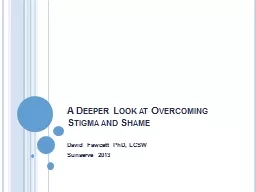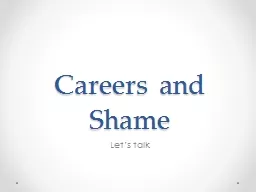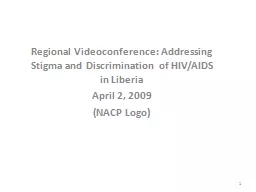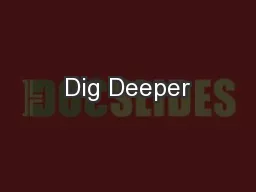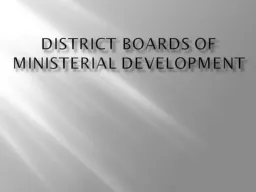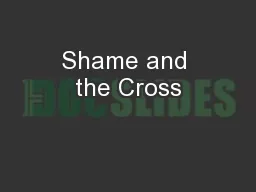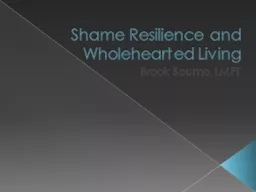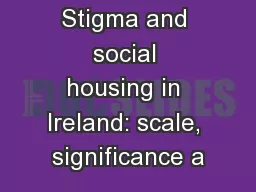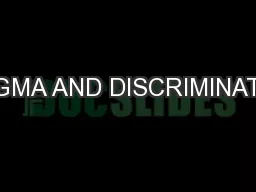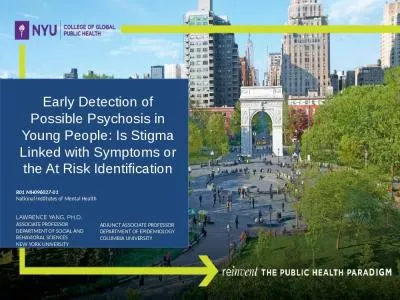PPT-A Deeper Look at Overcoming Stigma and Shame
Author : tatiana-dople | Published Date : 2016-07-11
David Fawcett PhD LCSW Sunserve 2013 Voices I feel like damaged goods I told a trick who was about to take me home about my poz status and being very healthy
Presentation Embed Code
Download Presentation
Download Presentation The PPT/PDF document "A Deeper Look at Overcoming Stigma and S..." is the property of its rightful owner. Permission is granted to download and print the materials on this website for personal, non-commercial use only, and to display it on your personal computer provided you do not modify the materials and that you retain all copyright notices contained in the materials. By downloading content from our website, you accept the terms of this agreement.
A Deeper Look at Overcoming Stigma and Shame: Transcript
Download Rules Of Document
"A Deeper Look at Overcoming Stigma and Shame"The content belongs to its owner. You may download and print it for personal use, without modification, and keep all copyright notices. By downloading, you agree to these terms.
Related Documents

